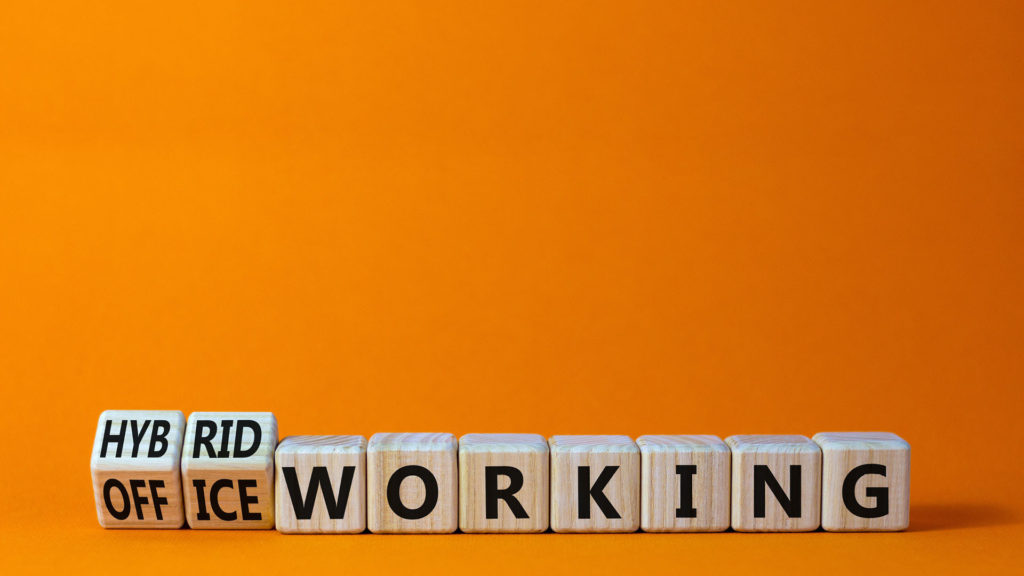Looking Forward:

While things seemed to improve significantly, 2021 was not very different from the previous year, and the pandemic remained a concern for us all. Throughout the year, people continued to work from home even as workplaces began opening back up and encouraging a gradual return to the office in light of improved conditions.
SCROLL
DOWN
However, between vaccination, health concerns, and divergent views regarding working from home, a return to the office does not seem to impact everyone equally. Hence, a one-size-fits-all solution is not possible.
It goes without saying that the pandemic has transformed the workplace, or that it will no longer be possible to work as we did in the past. That said, despite the merits of work-from-home, certain activities and jobs cannot be carried out effectively—or at all—entirely remotely. Furthermore, there is undeniable value in
building interpersonal connections
through face-to-face interaction that is not easily achievable in remote meetings. For now, the hybrid model will be “the new norm” at ADB.



